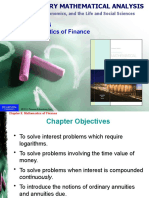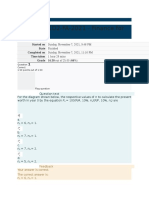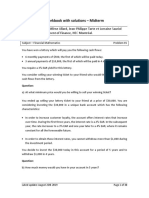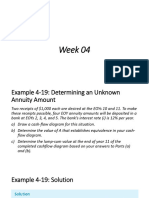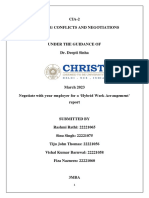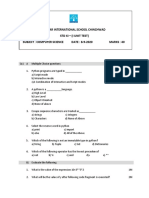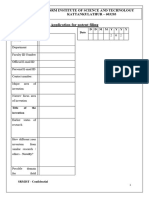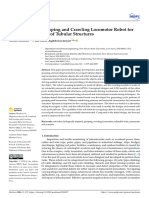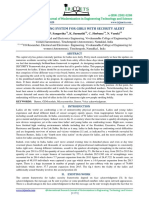0% found this document useful (0 votes)
53 views8 pagesWeek 3 - Tutorial Solutions
The document provides tutorial solutions for various financial mathematics problems, including present value calculations, comparisons of bank interest rates, and effective interest rates. It covers scenarios with different compounding periods and nominal rates, as well as the relationship between nominal and effective interest rates. Additionally, it addresses the calculation of accumulated values under various interest and discount rates.
Uploaded by
qq1812016515Copyright
© © All Rights Reserved
We take content rights seriously. If you suspect this is your content, claim it here.
Available Formats
Download as PDF, TXT or read online on Scribd
0% found this document useful (0 votes)
53 views8 pagesWeek 3 - Tutorial Solutions
The document provides tutorial solutions for various financial mathematics problems, including present value calculations, comparisons of bank interest rates, and effective interest rates. It covers scenarios with different compounding periods and nominal rates, as well as the relationship between nominal and effective interest rates. Additionally, it addresses the calculation of accumulated values under various interest and discount rates.
Uploaded by
qq1812016515Copyright
© © All Rights Reserved
We take content rights seriously. If you suspect this is your content, claim it here.
Available Formats
Download as PDF, TXT or read online on Scribd
/ 8































